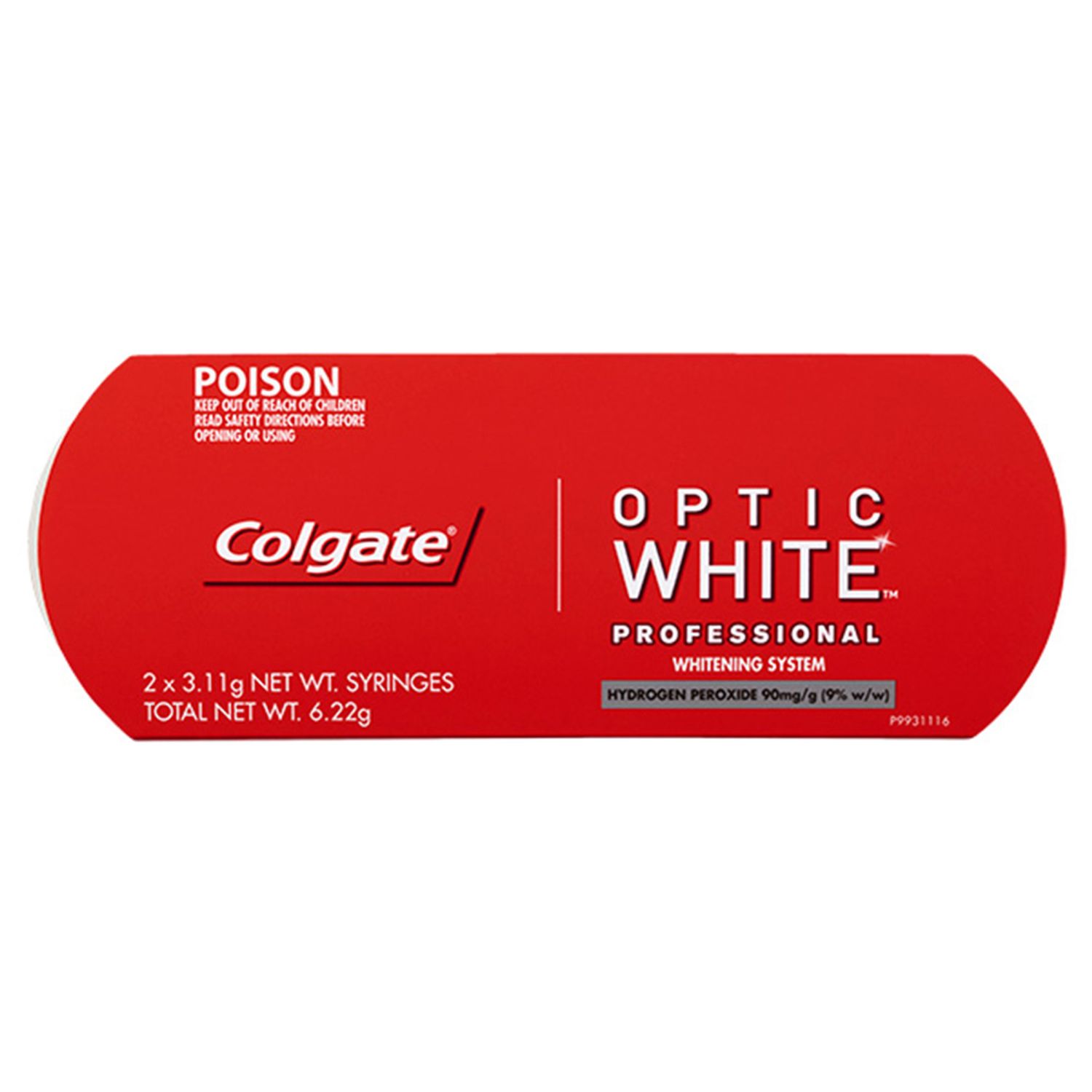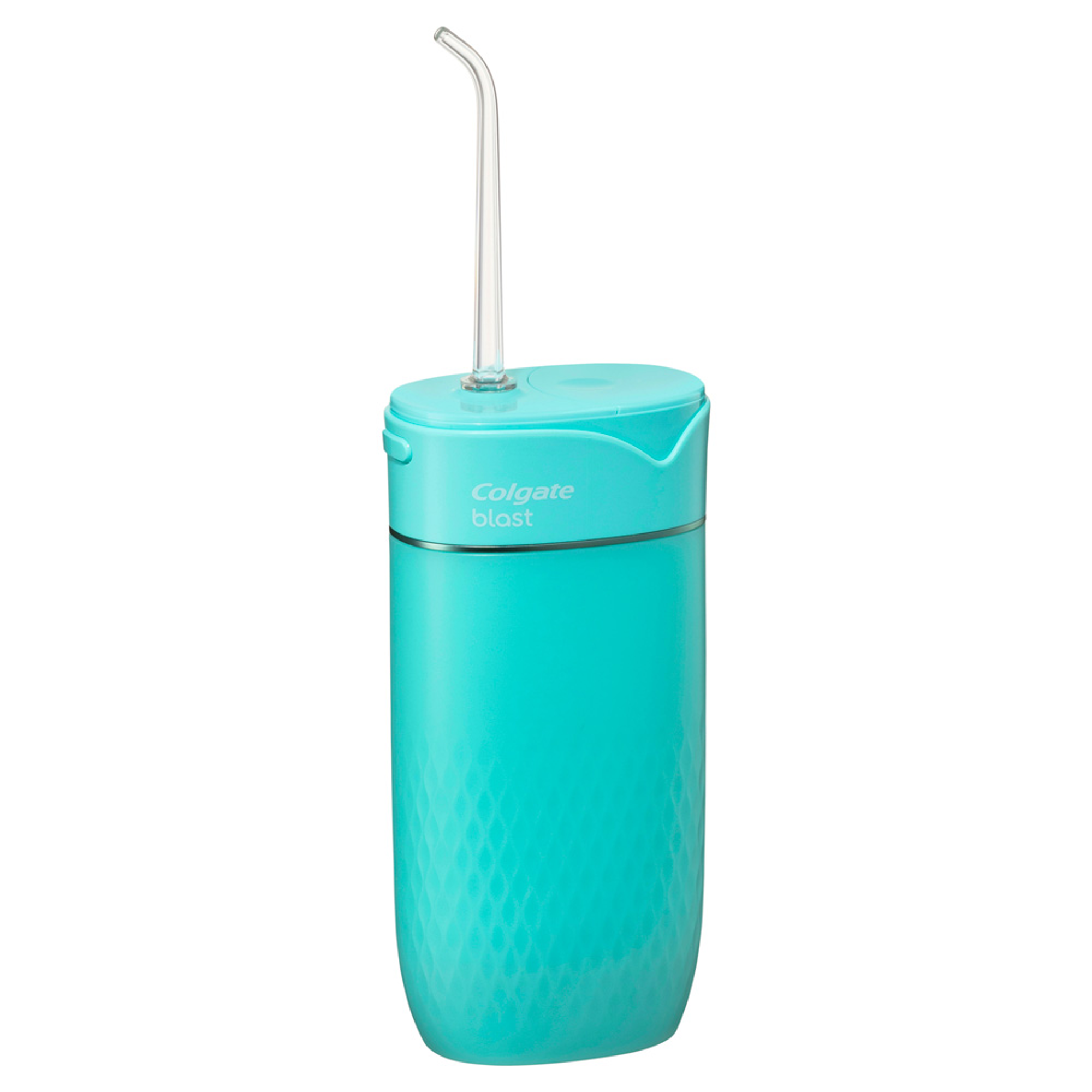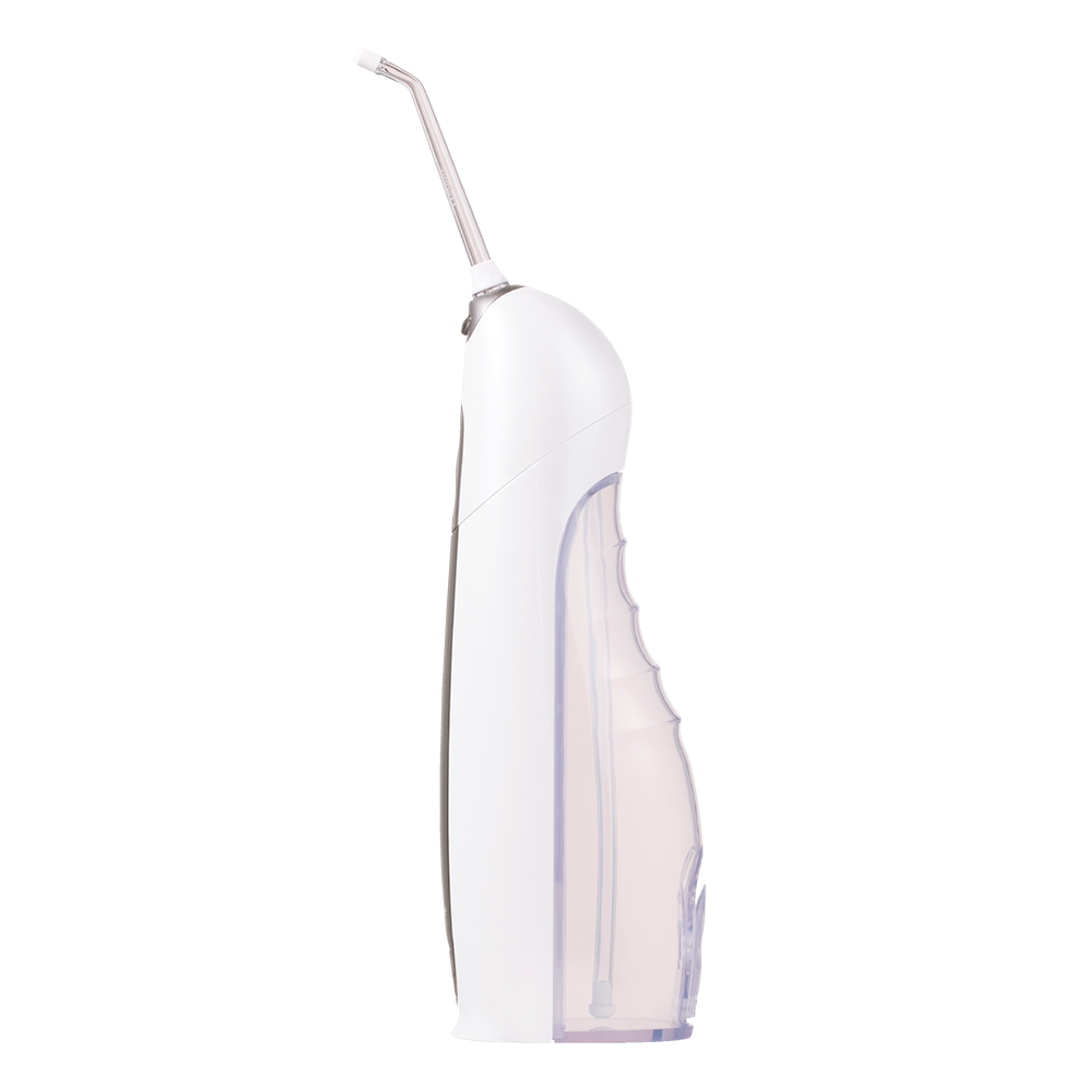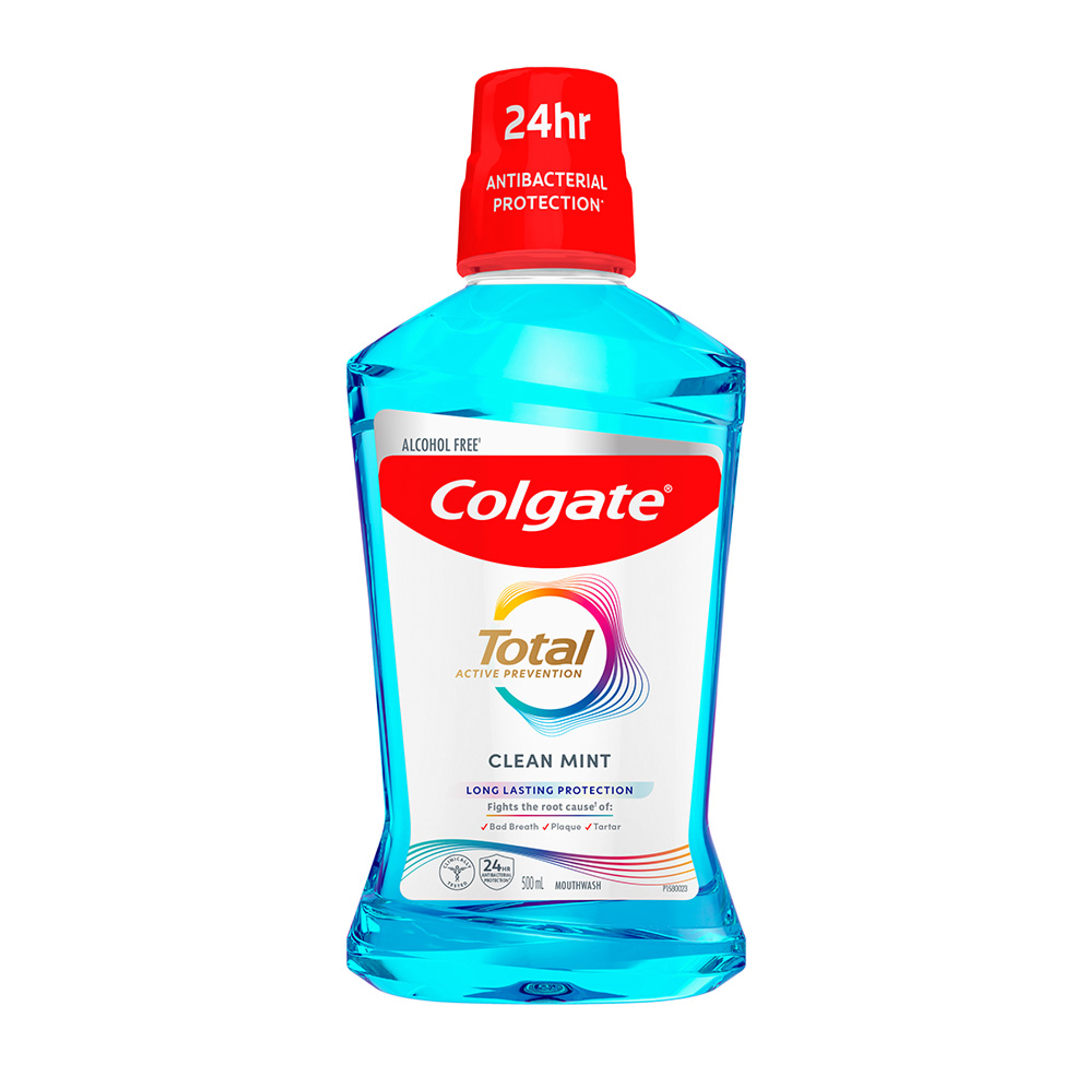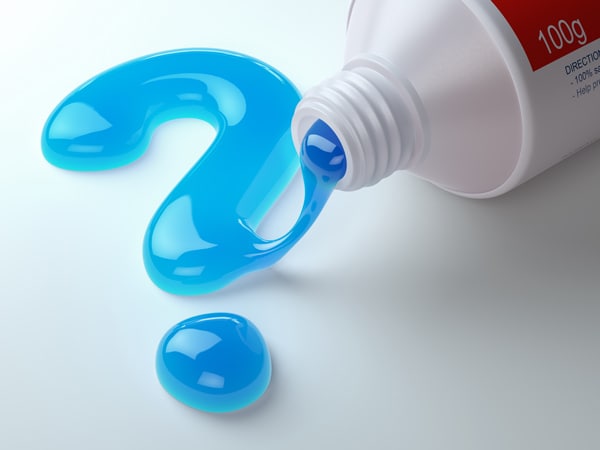
If you were to pick up a tube of toothpaste, would you know what each of the ingredients are and what they do? This article will give you a quick 101 on what you will find in toothpaste, to help you find your patients the right toothpaste for them.
What are the main components of toothpaste?
Fluoride
Abrasives
Flavours
Humectants
Foaming agents
Teeth Whiteners
Water
Although a toothpaste ingredients list may seem long and complicated, if you were to look up the toothpaste ingredients on the back of the box, there's a good chance that each ingredient will fall into one of these seven categories.
Fluoride
Fluoride has many useful properties. Fluoride can reduce the formation of plaque acids, and give teeth better protection from acid exposures. When fluoride is applied topically, for example, through the use of a fluoride toothpaste, it forms fluoroapatite in enamel during the demineralisation and remineralisation process that happens when eating or drinking. This reduces the 'critical pH', increasing the amount of acid required to cause demineralisation, and therefore increases the tooth's resistance to tooth decay and erosion. As dental professionals we may have patients who have concerns about fluoride toothpaste. It is important to explain to patients the benefits using fluoride can provide, for example, that fluoride fights cavities and protects our teeth.
You can also share interesting facts such as fluoride is a mineral and can be found in rocks, and many other natural sources, including rainwater, lakes and oceans! There are multiple formulations of fluoride found in toothpastes, including stannous fluoride, which can be found in Colgate’s new Total Active prevention, sodium fluoride and sodium monofluorophosphate. These compounds contain a salt medium to help transfer the fluoride from the toothpaste to the tooth.
The Australian Dental Association (ADA) Fluoride Guidelines (2022) can help you ensure your patients are using an appropriate amount of fluoride in their toothpaste. For example, those of a high caries risk may be recommended to use a toothpaste containing 5000ppm F instead of a toothpaste containing up to 1500ppm F.
Abrasives
An understandable concern about toothpaste some may have is the inclusion of 'abrasives', and that these abrasives will wear down your teeth. However there is no correlation between the relative dentin abrasivity (RDA) value and tooth wear as long as the value does not exceed 250. Most toothpastes will contain some sort of an abrasive and any toothpaste with an RDA value of less than 250 is safe to use. Abrasives remove stain and plaque, and also polish teeth. Generally, toothpastes with a very low RDA value do not have the plaque and stain removal abilities of those with a higher RDA. The abrasives most commonly found in toothpaste are ingredients such as calcium carbonate, hydrated silica, dehydrated silica gels, and hydrated aluminium oxides.
Flavouring Agents
Toothpaste can have different flavours to make the experience of cleaning your teeth more pleasurable. Flavours can be natural, synthetic, or a combination of both. Flavours such as spearmint or peppermint are used to give that signature fresh toothpaste feeling. Menthol is an organic compound derived from mint and commonly found in toothpaste. Menthol activates cold-sensitive receptors in the mouth, and this tricks the brain into feeling “cool” without any real temperature drop.
Saccharin, xylitol, sucralose or sorbitol are sweeteners that do not share the same chemical structure of sugar, but they are also used to give the toothpaste a sweeter taste. This allows for a better tasting toothpaste, increasing the likelihood your patients will use the paste, and as a consequence improving their oral health. Colgate has a range of different toothpaste flavours, including the MaxFresh range which includes great flavours such as Peach Passion. The fluoride content in Colgate’s MaxFresh range ranges from 1000ppm F to 1450ppm F, making them suitable for most patients aged 6 years plus.
Humectants
A humectant is an ingredient in toothpaste that keeps the toothpaste from drying out and becoming crumbly by retaining water within the toothpaste, improving mouthfeel and usability. Humectants also add to the toothpaste’s flavour, and are necessary to keep the toothpaste in a gel or paste form, to form the backbone for the other ingredients. Ingredients such as sorbitol, glycol and glycerol help in this regard.
Cleaning Agents
Detergents help toothpaste to foam when you brush. This foaming action ensures the active ingredients from toothpaste coats your teeth, and loosens and removes food particles stuck to teeth, to give that clean mouth feeling. A common detergent found in toothpaste is Sodium Lauryl Sulfate (SLS). Other detergents include cocamidopropyl betaine and sodium methyl cocoyl taurate. Some patients may be sensitive to SLS. For these patients, particularly those with dry mouth, a toothpaste without SLS is often recommended. It is always great to know which toothpastes do not contain SLS, so we can make a recommendation to our patients. Colgate Sensitive Pro-Relief Gum Care Toothpaste does not contain SLS, it has cocamidopropyl betaine.
Teeth Whiteners
In the past, toothpastes which aim to have a whitening effect on the teeth may have included extra or higher level abrasives to remove extrinsic stains mechanically from teeth. Gentler ingredients included in modern toothpastes include hydrated silica, which is an abrasive effective at removing extrinsic stains such as coffee or tea stains, and sodium hexametaphosphate, which prevents stains adhering to the tooth surface.
Peroxides, including Hydrogen Peroxide and Carbamide Peroxide, are added to some toothpastes to help break down both extrinsic and intrinsic stains. The Colgate Optic White range offers a number of whitening toothpaste options for your patients.
In Summary
Having an understanding in all of these toothpaste components helps to overall better understand the role each ingredient in toothpaste plays. This allows us to reassure our patients and help them to have the best suited toothpaste for them.
Appendix
Practical Guidelines for use of Fluorides by the Australian Dental Association
References
ADA (2022) Practical Guidelines for Use of Fluorides
Walsh, T. et al. (2019) ‘Fluoride toothpastes of different concentrations for preventing dental caries’, Cochrane Database of Systematic Reviews. doi:10.1002/14651858.cd007868.pub3.
Join us
Get resources, products and helpful information to give your patients a healthier future.
Join us
Get resources, products and helpful information to give your patients a healthier future.






